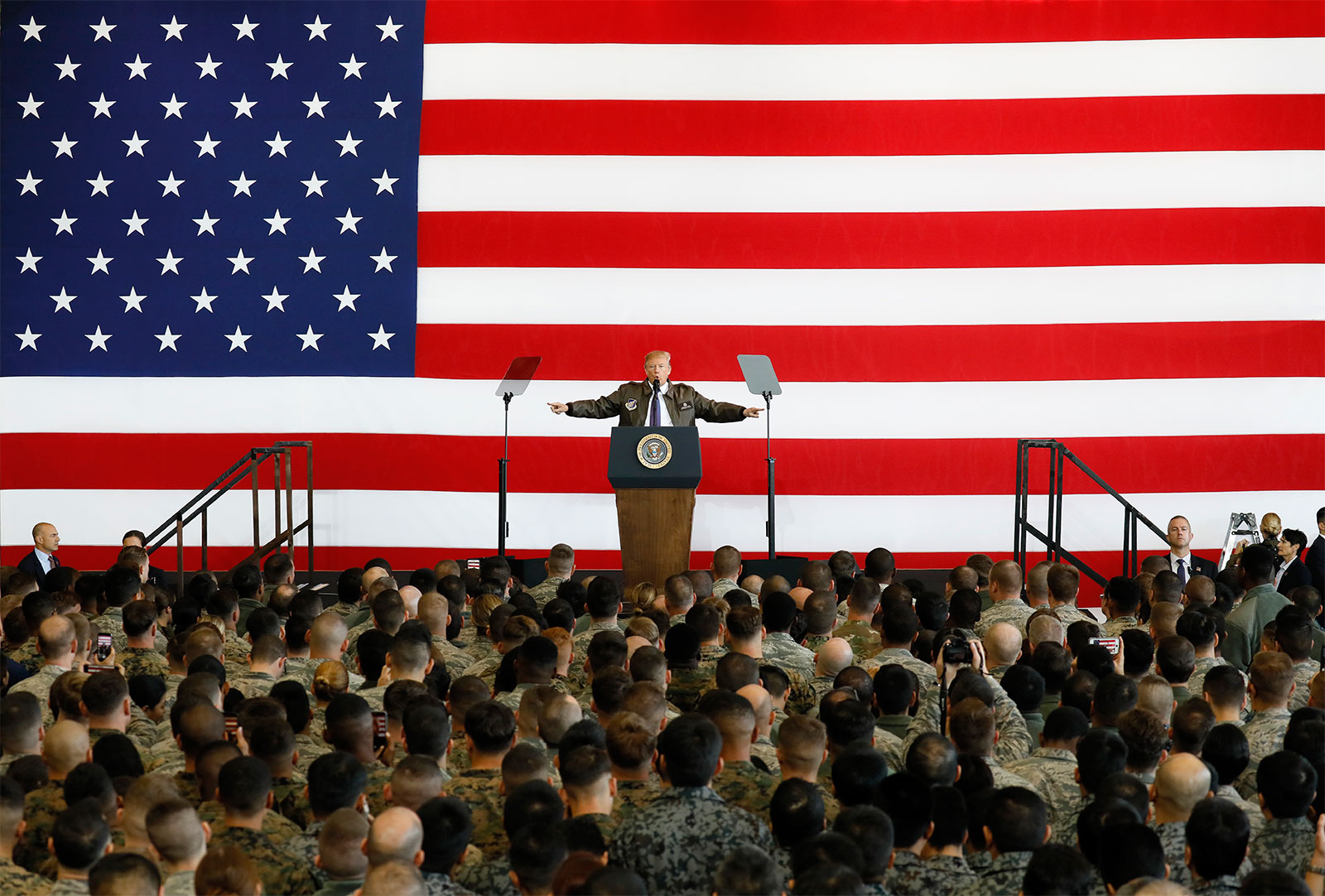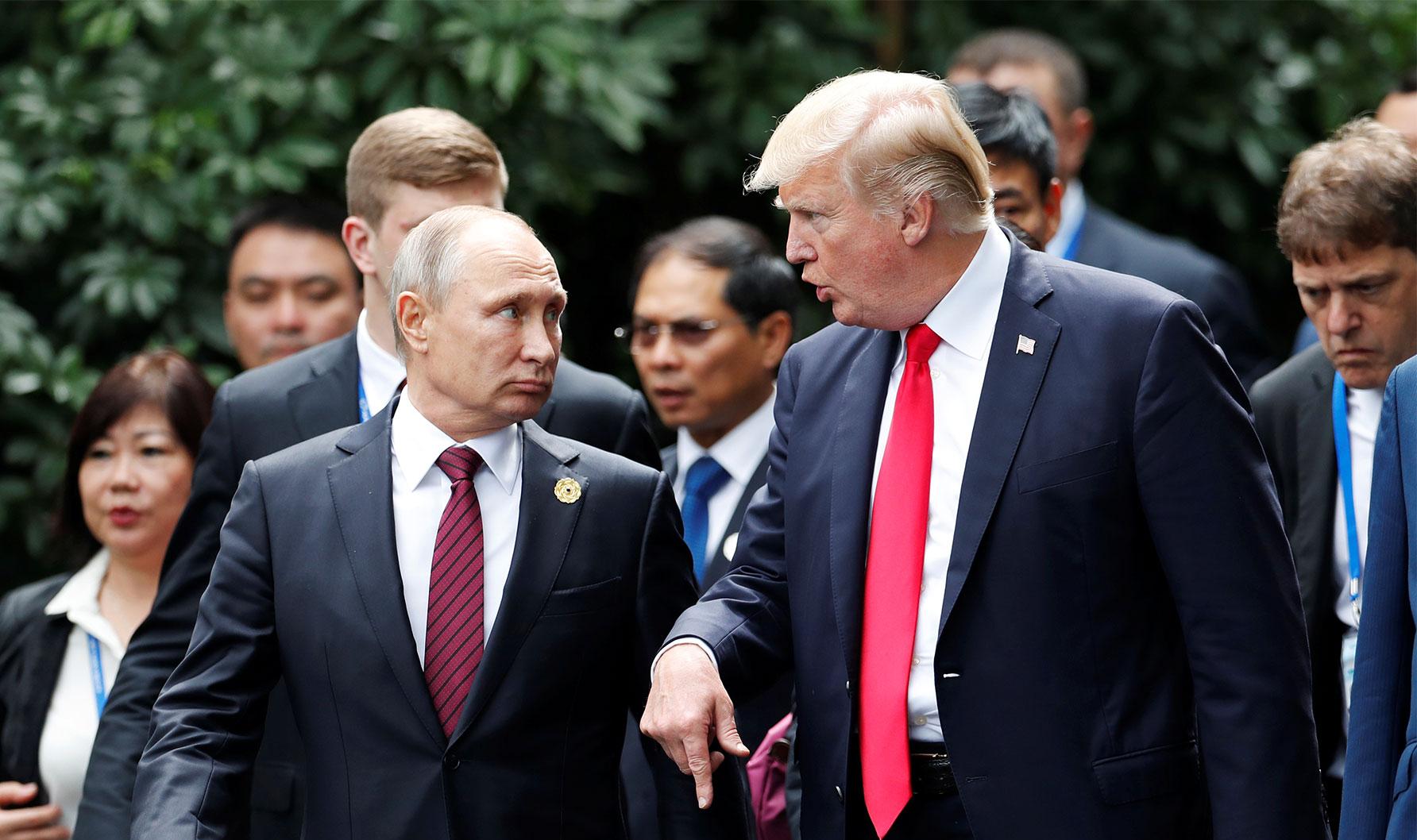The National Security Strategy (hereinafter referred to as the NSS) is the most important political concept document in the Executive branch of the United States government. Since 1947, when there was adopted the National Security Act, which defines of the entire American national security system and approved the creation of the CIA and the National Security Council, the head of the White House had to report to Congress on his plans and intentions on the matter of forming and guarantee of the state security.
However, only according to the Goldwater-Nichols Act adopted in 1986, the President was obliged to submit annually the text of the NSS in open and sealed versions. But that is extremely difficult to achieve from the head of state. Thus, R. Reagan had 2 strategies, George W. Bush had 3 strategies, and B. Clinton tried to make the NSS as often as possible, almost every year. Anyway, Clinton had an arduous task: there was no USSR anymore, and Pax Americana had never been formed. This, by the way, led to the titles of documents, such as the "National Security Strategy of Engagement and Enlargement" (1994-1996) or the "National Security Strategy for the New Century" (1997, 1998 and 2000), or the "National Security Strategy for the Global Age" (2001). But, then a democratic President was followed by a Republican, who came through the one of the most serious shocks in the history of US national security – 9/11. The next year, the NSS of George W. Bush appears, in which he focuses not only on the leading role of America in the world, but also on antiterrorism protection, promotion of democracy around the world, as well as the use of the proactive approach – the readiness to strike at the enemy even if the time and place of his attacks on America is not known for certain.
In some sense, D. Trump’s NSS returns exactly to the Bush strategy dated 2002, again declaring the Iran and the DPRK, which is "sponsoring instability", as the enemies of the United States, and the emphasis is also placed on antiterrorism protection. The key difference is that Russia was still considered as a potential strategic partner at that time, and Russian democracy was not treated with such level of distrust and criticism.
The National Security Strategy (hereinafter referred to as the NSS) is the most important political concept document in the Executive branch of the United States government. Since 1947, when there was adopted the National Security Act, which defines of the entire American national security system and approved the creation of the CIA and the National Security Council, the head of the White House had to report to Congress on his plans and intentions on the matter of forming and guarantee of the state security.
However, only according to the Goldwater-Nichols Act adopted in 1986, the President was obliged to submit annually the text of the NSS in open and sealed versions. But that is extremely difficult to achieve from the head of state. Thus, R. Reagan had 2 strategies, George W. Bush had 3 strategies, and B. Clinton tried to make the NSS as often as possible, almost every year. Anyway, Clinton had an arduous task: there was no USSR anymore, and Pax Americana had never been formed. This, by the way, led to the titles of documents, such as the "National Security Strategy of Engagement and Enlargement" (1994-1996) or the "National Security Strategy for the New Century" (1997, 1998 and 2000), or the "National Security Strategy for the Global Age" (2001). But, then a democratic President was followed by a Republican, who came through the one of the most serious shocks in the history of US national security – 9/11. The next year, the NSS of George W. Bush appears, in which he focuses not only on the leading role of America in the world, but also on antiterrorism protection, promotion of democracy around the world, as well as the use of the proactive approach – the readiness to strike at the enemy even if the time and place of his attacks on America is not known for certain.
In some sense, D. Trump’s NSS returns exactly to the Bush strategy dated 2002, again declaring the Iran and the DPRK, which is "sponsoring instability", as the enemies of the United States, and the emphasis is also placed on antiterrorism protection. The key difference is that Russia was still considered as a potential strategic partner at that time, and Russian democracy was not treated with such level of distrust and criticism.
Now, in the NSS dated 2017, the direct text states that "Russia seeks to weaken the US influence in the world and separate us from our allies and partners." The authors emphasize that Moscow "views NATO and the EU as threats", and at the same time "interferes in the domestic political affairs of countries around the world." In the context of a tough political in-fighting within the United States, the document says a lot about cybersecurity and countering the information war. In this regard, a special place is given to Russia, which uses "information tools in an attempt to undermine the legitimacy of democracies." Thus, the authors of the document take the President away from the blow, once again noting that Trump agrees with the conclusion of the American intelligence community about Moscow's hacking attacks.
In general, all this hardball and most critical tone in relation to Russia testifies about of Mrs. F. Hill, the Special Assistant to the President and the Senior Director for Europe and Russia in the National Security Council, being clearly involved in the drafting of the text of the NSS. She has extremely skeptical point of view on many processes taking place in the political life of Russia, and also has expressed negatively about Vladimir Putin (whom, by the way, she knows personally). However, on December 14, the well-known American title The Washington Post (one should note, very interestedly describing everything that is related to Trump) published an article in which, referring to its sources, doubted the influence of Hill on the president. Nevertheless, after analyzing a number of Hill’s analytical articles from her tenure as expert of Brookings Institution and her monographs, it shows the similarity of the text of the Strategy not only with a meaningful but also a stylistic approach towards Russia.
In addition to the Russian problematics, the setup of threats to US influence through a kind of priorities disposition is also of great interest. First, we are talking about PRC, which, despite the "hopes" of the United States, "increased its power through sovereignty of others", but still was unable to "liberalize". Then the authors continue with Russia. And further, the text says about "regimes that violate all principles of free and civilized states". Of course, this refers to Iran and North Korea. And only then, the terrorist organizations affect the text. That is, according to the Trump's concept, the main United States resistance is happening and will only increase with China and Russia. And only then, there are Iran, North Korea and terrorists so hated by him.
In other words, Washington is returning to the logic of a kind of cold war. The clearly marked rivals are Moscow and Beijing. Moreover, it is repeatedly refers to the fact that the opponent will use any methods to achieve his goal, namely, the reduction of US influence in the world. And Americans should "get ready for this kind of resistance," including through a significant increase of the number of armed forces, modernization of the nuclear armory, and total rejection of the "unfavorable" agreements of previous administrations. As the result, the new arms race is not even much less desirable, but it rather becomes a necessity. And since the resistance is already going on, then Washington needs to act decisively and using the widest possible range of modern tools and methods, including information influence and public diplomacy. The fact that the phrase "cold war" is mentioned 7 times in the document (only Clinton, who tried to create a world order after the collapse of the USSR and put the "post-Cold War" in priority, had more repeats) already speaks of a difficult vision and assessments of the modern world order by American strategists. By the way, in the B. Obama’s NSS dated 2015 the phrase "cold war" is mentioned only twice.
The authors of the current NSS did not forget about the text anchor to the difficult political style of the 45th head of the White House. It is no wonder that the "climate change" was removed from the section of world threats of the document and also the NSS was divided into four “pillars” of the Trump’s conception: "Protect the American people, the Homeland and the American way of life", "Promote American prosperity", "Preserve Peace through Strength", "Advance American Influence." In addition, the main campaign slogan of the odious president, "Make America Great Again!", leaked into the NSS in the form of a constant mention about the importance of introducing essentially protectionist measures in the economy, tightening control over the borders and the inviolability of the American way of life.
From the populist president, one would rather expect a populist strategy. In part, Trump already implements frantically (or rather, is trying to implement) most of his vociferous campaign promises. But when it comes to ensuring national security and foreign policy, he took a firm line, which is supported by specific steps, some of which are expected even by his opponents, for example, in the Russian direction. It is likely that the text, written in the NSS, will not be just another populist pamphlet of the odious president, but will become a real instruction for action.






